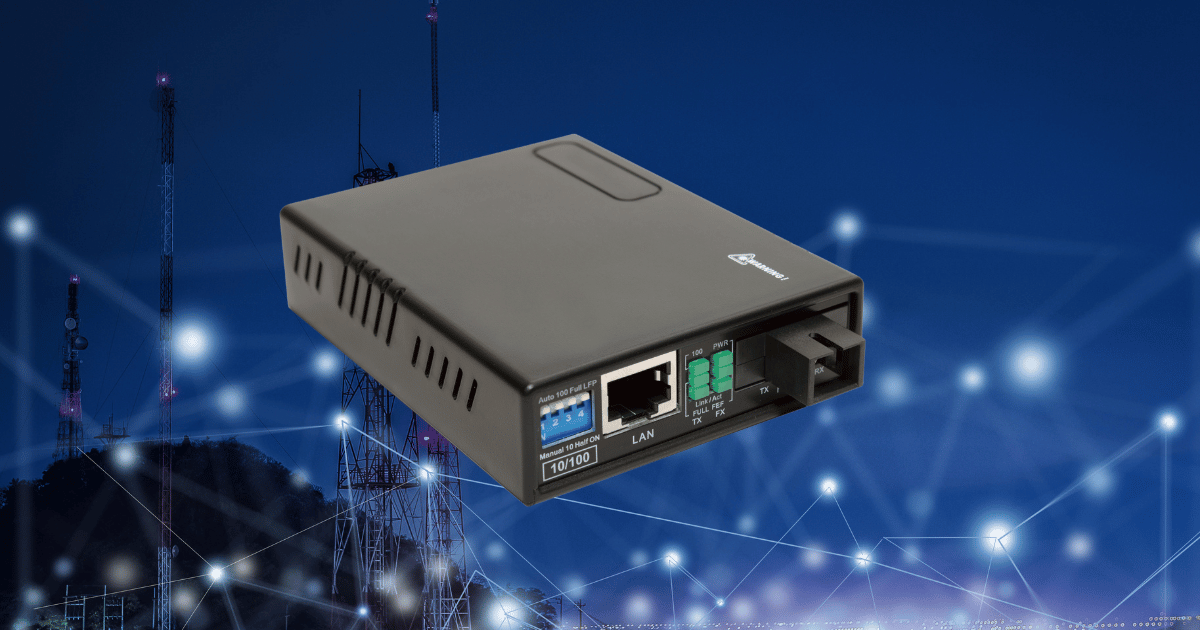The Role of Media Converters in Network Connectivity

Robust and reliable network connectivity is essential for businesses and individuals alike. As technology continues to evolve, the demand for high-speed data transmission and seamless connectivity has never been greater. One crucial component that plays a vital role in ensuring efficient network connectivity is the media converter.
Understanding Media Converters
Media converters are indispensable devices used in networking to facilitate the seamless transmission of data between different types of media, such as copper cables and fiber optic cables. These versatile devices play a crucial role in extending the reach of networks, enabling the integration of various network technologies, and bridging the gap between incompatible media types.
Key Functions of Media Converters
The key functions of media converters are:
- Media Conversion: The primary function of a media converter is to convert signals from one media type to another. For example, a media converter can convert electrical signals from copper cables into optical signals for transmission over fiber optic cables, and vice versa. This enables the integration of fiber optic and copper-based network segments within the same network infrastructure.
- Extending Network Reach: Media converters extend the reach of networks by overcoming the distance limitations inherent in different media types. By converting signals between copper and fiber optic media, media converters enable data transmission over longer distances without signal degradation or loss.
- Interoperability: Media converters enhance network interoperability by bridging the gap between disparate network technologies. They allow seamless integration of legacy equipment with modern networking infrastructure, enabling organizations to maximize their existing investments while embracing new technologies.
- Signal Regeneration: In addition to signal conversion, media converters also perform signal regeneration, ensuring that data signals remain strong and stable throughout the transmission process. This helps to minimize data loss and maintain network reliability, especially over long-distance connections.
Applications of Media Converters
Media converters find wide-ranging applications across various industries and network environments, including:
- Enterprise Networks: Media converters are used to connect different network segments, such as local area networks (LANs) and wide area networks (WANs), and extend network reach within large office buildings or campus environments.
- Industrial Automation: In industrial settings, media converters enable the integration of different communication protocols and facilitate the connectivity of devices in harsh environments where electromagnetic interference (EMI) and temperature extremes are common.
- Telecommunications: Media converters play a crucial role in telecommunications networks, enabling the conversion and transmission of signals over long-distance fiber optic links.
Media converters are indispensable tools for enhancing network connectivity and interoperability in today's interconnected world. By enabling the seamless integration of diverse network technologies and extending the reach of networks, media converters empower organizations to build robust and reliable network infrastructures that meet the demands of modern digital communication.
As technology continues to evolve, media converters will remain essential components in the ongoing quest for efficient and scalable network connectivity.


